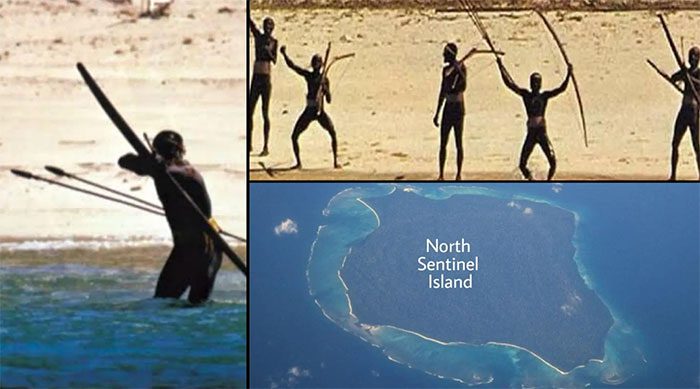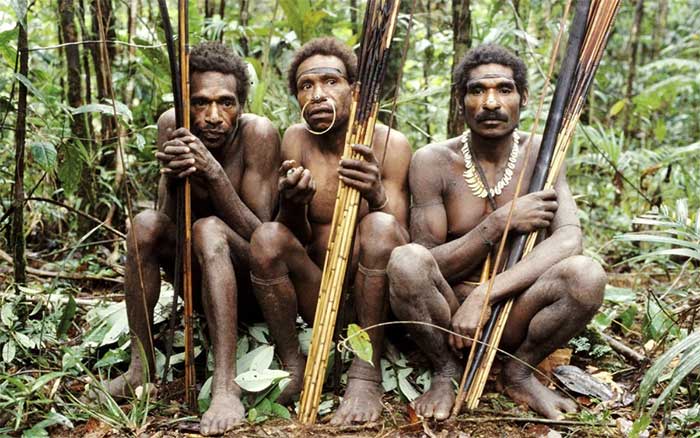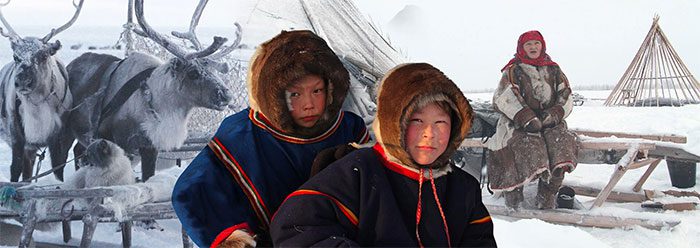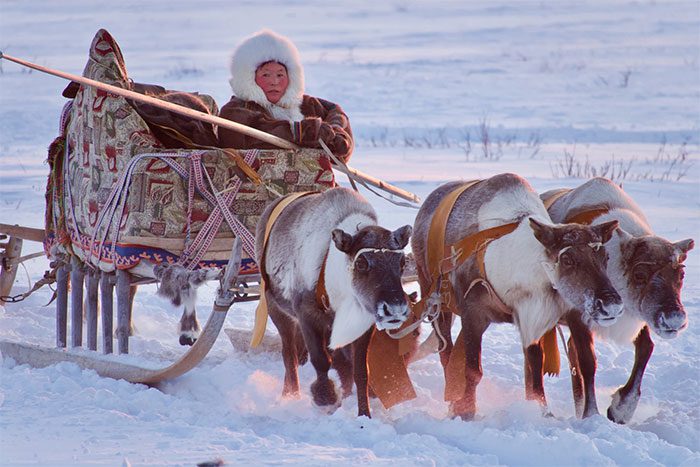Throughout the history of human civilization, there are parts we have explored, but alongside them, many mysteries remain untouched by modernity.
These are the mysterious tribes scattered across remote areas of the world, living with traditions, languages, and lifestyles that the outside world knows little about.
1. The Sentinelese on North Sentinel Island
Hidden in the Bay of Bengal, North Sentinel Island is home to one of the last isolated tribes in the world – the Sentinelese. This reclusive tribe has fiercely resisted all attempts at contact with the outside world, maintaining their independence and unique lifestyle for thousands of years. The Sentinelese are known for their hostility towards outsiders, using bows and arrows and other primitive weapons to protect their isolation.
The lack of direct contact with the Sentinelese has made it difficult for researchers to understand their language, customs, and social structure. Even efforts to conduct aerial surveys to observe them from a distance have encountered hostility. This isolation has allowed the Sentinelese to preserve their traditional way of life, relying on fishing, hunting, and gathering for sustenance.

This isolated tribe has fiercely resisted all attempts at contact with the outside world. (Illustrative image).
While the Sentinelese remain largely a mystery, the Indian government has imposed access restrictions to the island to protect both the tribe and to safeguard the lives of those who might attempt to intrude.
2. The Korowai of Papua, Indonesia
Nestled in the dense tropical forests of Papua, Indonesia, the Korowai have long lived in isolation, often building homes high in the trees to escape floods and insects. The Korowai remained largely unknown to the outside world until the 1970s when Dutch missionaries made their first contact. Even today, much about their culture, language, and traditional practices remains a mystery.
Their lifestyle revolves around hunting, gathering, and shifting cultivation, and they have a deep connection to the rainforest. Despite having access to modern tools, the Korowai have largely maintained their traditional way of life.

The Korowai have long lived in isolation, often building homes high in the trees. (Illustrative image).
Anthropologists and researchers face challenges in studying the Korowai due to their remote location and the difficulties of navigating the dense forests. As the outside world encroaches on their territory, questions of cultural preservation and sustainable development arise, highlighting the delicate balance between respecting their autonomy and addressing their growing needs.
3. The Jarawa of the Andaman Islands
In the dense forests of the Andaman Islands in the Bay of Bengal, the Jarawa tribe has lived in isolation for thousands of years. This nomadic tribe is known for its unique language, which is unrelated to any other languages known in the region. Historically, the Jarawa have rejected contact with the outside world, creating challenges for researchers trying to understand their customs and way of life.
The Jarawa rely on hunting, fishing, and gathering for their livelihood, utilizing their deep understanding of the local ecosystem. Their traditional knowledge has allowed them to thrive in their environment, maintaining a delicate balance with nature. However, factors such as poaching, habitat loss, and increased tourism pose significant threats to their existence.

The Jarawa rely on hunting, fishing, and gathering for their livelihood. (Illustrative image).
While the Indian government has taken measures to protect the Jarawa and their territory, including restricting access to certain areas, the tribe continues to face challenges from encroaching development.
4. The Nenets of the Arctic (Russian Territory)
In the harsh landscapes of the Arctic, the Nenets lead a nomadic lifestyle, herding reindeer across the tundra. Despite their unique way of life, the Nenets remain largely unknown to the world. The harsh Arctic conditions, combined with their seasonal migrations, have contributed to their isolation and the preservation of traditional practices.
The Nenets rely on reindeer for food, clothing, and transportation, forming a symbiotic relationship with these animals that they have maintained for centuries. Their traditional homes are mobile tents made from reindeer skin. The Nenets have their own distinct language and a rich oral tradition.

The Nenets lead a nomadic lifestyle, herding reindeer across the tundra. (Illustrative image).
Climate change, industrial development, and shifting economic dynamics pose significant challenges for the Nenets. As the Arctic landscape changes and traditional routes become more complicated, the Nenets face the dual challenge of preserving their cultural heritage while adapting to a rapidly changing environment. The resilience of the Nenets offers a unique perspective on the intersection of traditional lifestyles and the impacts of global changes.
The discovery of unknown tribes serves as a humbling reminder of the vast diversity of human culture, traditions, and lifestyles. As the modern world continues to evolve, these isolated communities struggle with the challenges of preserving their unique identities while navigating the complexities of the century.

The Nenets have their own distinct language and a rich oral tradition. (Illustrative image).
The stories of the Sentinelese, Korowai, Jarawa, and Nenets, along with countless other unnamed tribes, reflect the fragile balance between cultural preservation and the inevitable forces of change. The global community has a responsibility to approach these stories with respect, humility, and a commitment to understanding and preserving the rich tapestry of human heritage.




















































